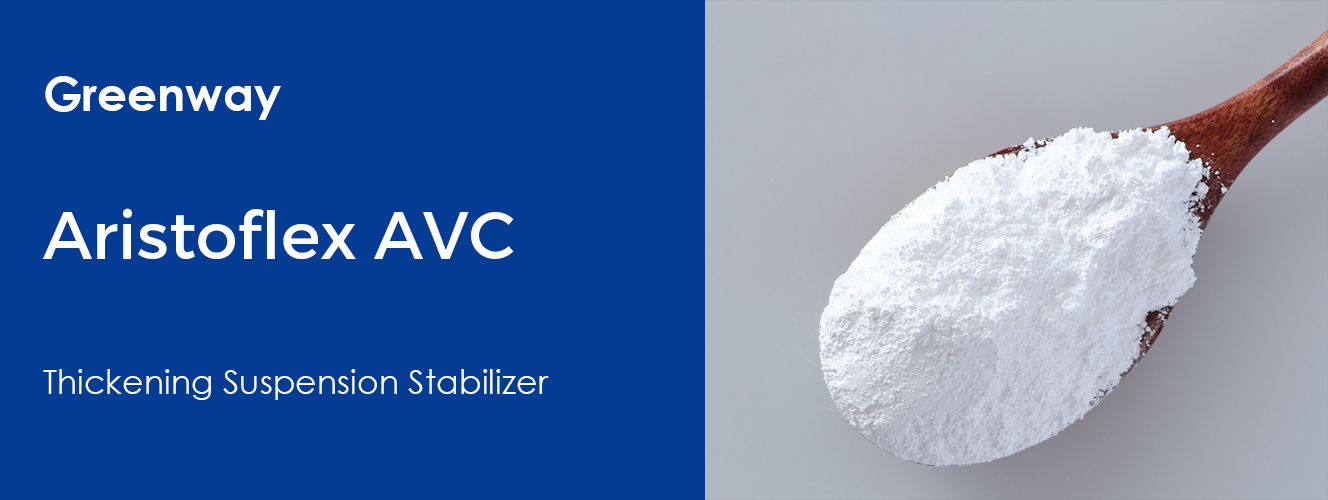
| Product Fact Sheet ARISTOFLEX® AVC |
|
| Gelling agent for aqueous systems and thickening agent for oil-in-water emulsions | |
| Chemical Name | Polymeric sulfonic acid, neutralized |
| INCI Designation | Ammonium Acryloyldimethyltaurate/VP Copolymer |
| General formula |  |
| Product properties | |
| Appearance (20°C) | white powder |
| Solid content min. | 92.00 % |
| Water | max. 7.00 % |
| pH value (1% in dist. water) | 4.0 - 6.0 |
| Viscosity at 20°C (1% in dist. Water) | 48000 - 65000 mPas |
Hot tags: ARISTOFLEX® AVC; ARISTOFLEX AVC; ARISTOFLEX AVC powder; China ARISTOFLEX AVC supplier; China ARISTOFLEX AVC Manufacturer; China ARISTOFLEX AVC factory;